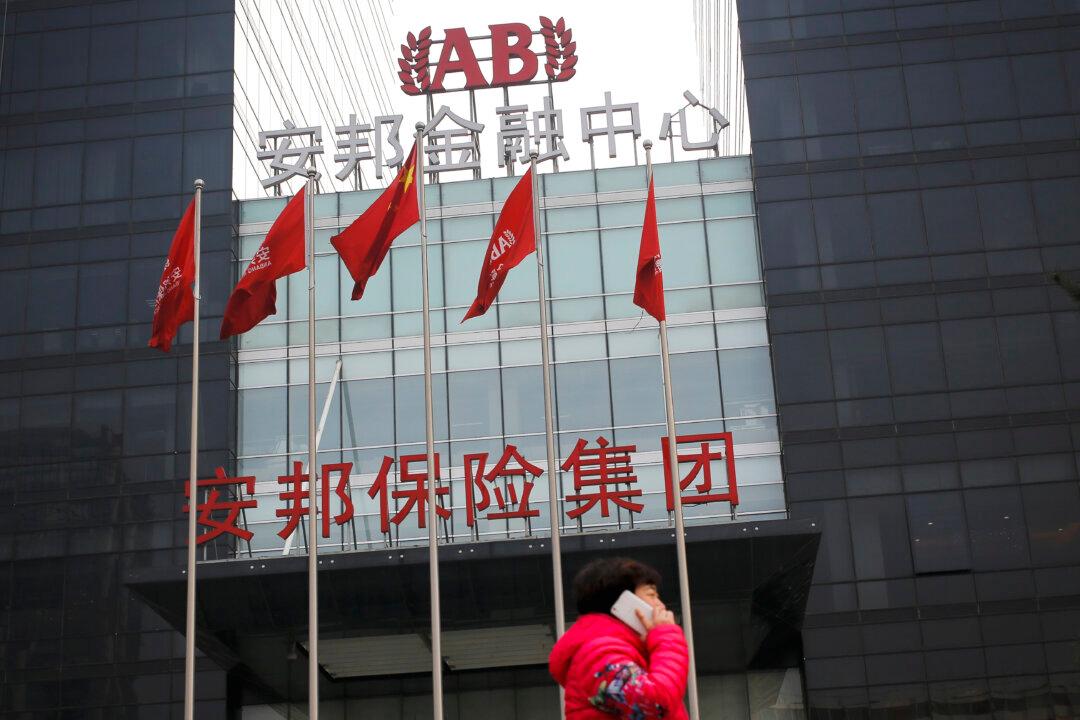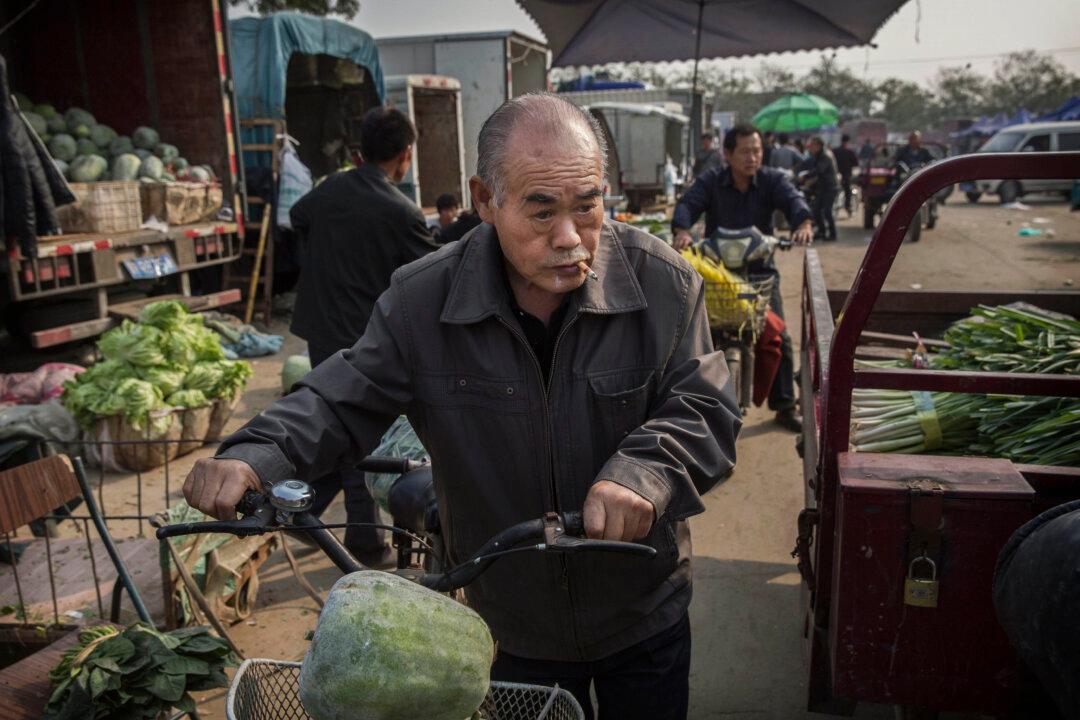Beijing’s recent decision to crack down on activities of Chinese insurance companies could push insurers toward riskier asset investments and create a liquidity crunch within the industry.
Industry regulator China Insurance Regulatory Commission (CIRC) announced strict new rules late December, curbing an industry that has been flush with cash. The new rules are choking a main source of funding and growth for insurers by lowering their allowed investments into stocks (to 30 percent), and barring insurance companies from using customer deposits to fund large equity purchases.
The regulations come after a period of unprecedented growth for the Chinese insurance industry. From 2012 to 2016, China’s insurance sector grew 14.3 percent overall and non-life insurance grew 16.5 percent in premiums volume, according to data from Munich Re. Last year, China overtook Japan to become the world’s second biggest insurance market by premiums.
Traditionally, insurers are considered to be bastions of security by holding conservative assets such as government securities and corporate bonds.
But not in China. Sensing opportunity in a low interest rate environment, Chinese insurers have expanded outside of traditional insurance activities. They have been the biggest issuers of wealth management products called universal life policies. These products, which offer high interest rates and are a hybrid between a bond and a life insurance policy, have been extremely popular with consumers dissatisfied with bank deposit rates of around 1 percent.
Flush with cash but saddled by promises to pay high yields, Chinese insurance companies poured money into assets not traditionally associated with insurers. These firms took large positions in Chinese publicly listed companies and snapped up overseas assets including foreign companies and real estate.
For example, Evergrande Life—a unit of property developer China Evergrande Group—saw its premiums increase more than 40 fold in 2016. It used the proceeds to accumulate a significant stake in rival developer China Vanke last year.
As an industry, insurance has been a major driver of Chinese foreign acquisitions. Anbang Life is at the forefront of such purchases. It made headlines in 2015 for purchasing New York’s Waldorf-Astoria hotel for nearly $2 billion. In 2016, it bought Strategic Hotels & Resorts from Blackstone Group for $6.5 billion. Most recently, Anbang has been in negotiations to purchase U.S. life insurer Fidelity & Guaranty Life for $1.6 billion, a deal which has been put on hold for New York insurance regulatory review. Anbang’s biggest gambit was a failed $14 billion bid to acquire Starwood Hotels & Resorts Worldwide.
Riskier assets—such as equities—accounted for 49 percent of the insurance industry’s assets at the end of November 2016, a 27 percent increase from the end of 2013, according to a report by Moody’s Investors Service.





